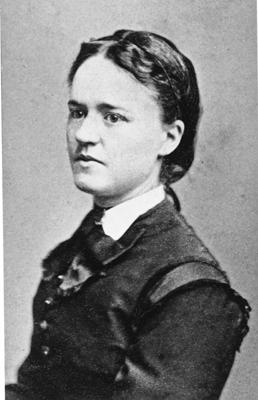Script Piece for House of Wits Performance
By Arielle Seidman
The following is a scene in which Alice James discusses her brother, William. This is a piece of fiction, based on the opinions, theories, and personalities of these two, and what I have learned about them in this class.
WARNING: This is depressing! (You probably expected that…Alice and William weren’t exactly comedic types.)
The other two pieces used in this presentation are not featured here. They were written and performed in class by Marina Morrison, and Alex Marrerro.
Believe You Me
By Arielle Seidman

 © Serendip® 1994 - All rights reserved. Privacy Policy
© Serendip® 1994 - All rights reserved. Privacy Policy




